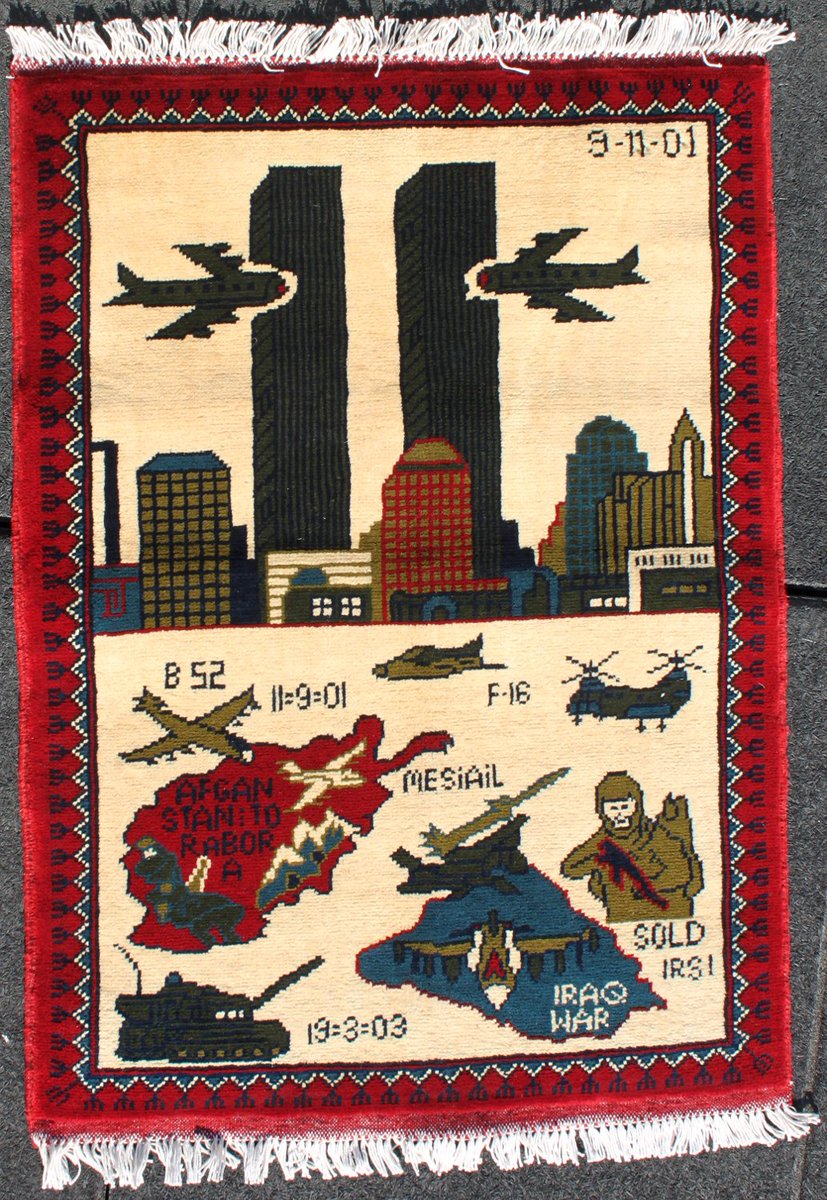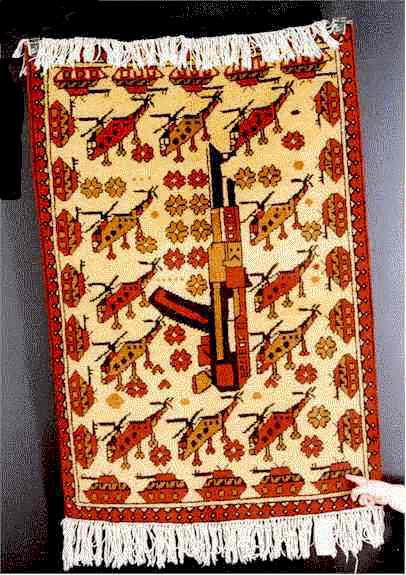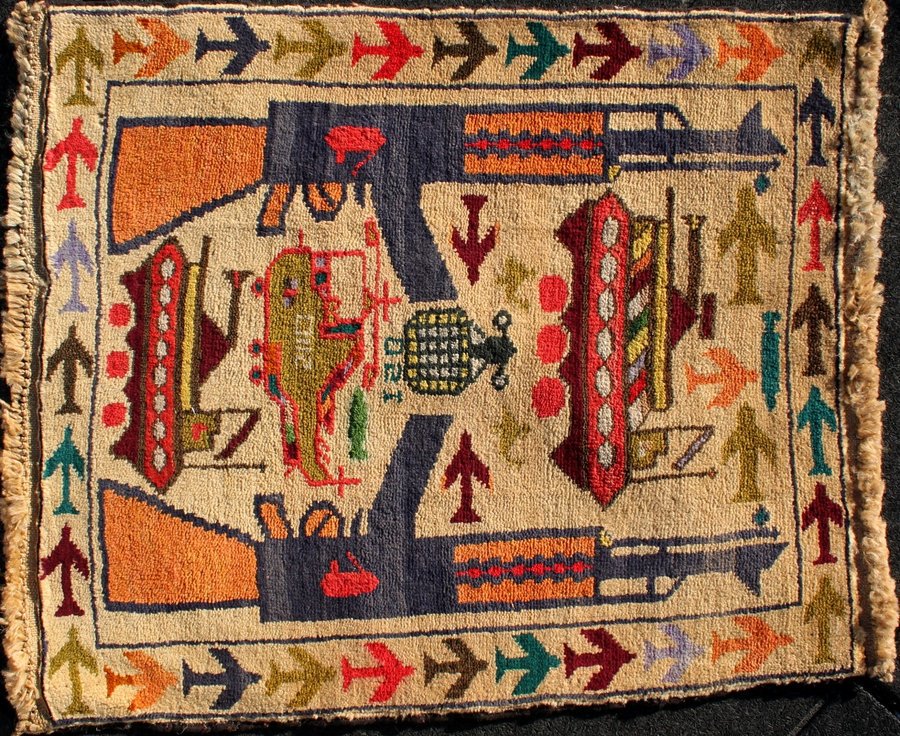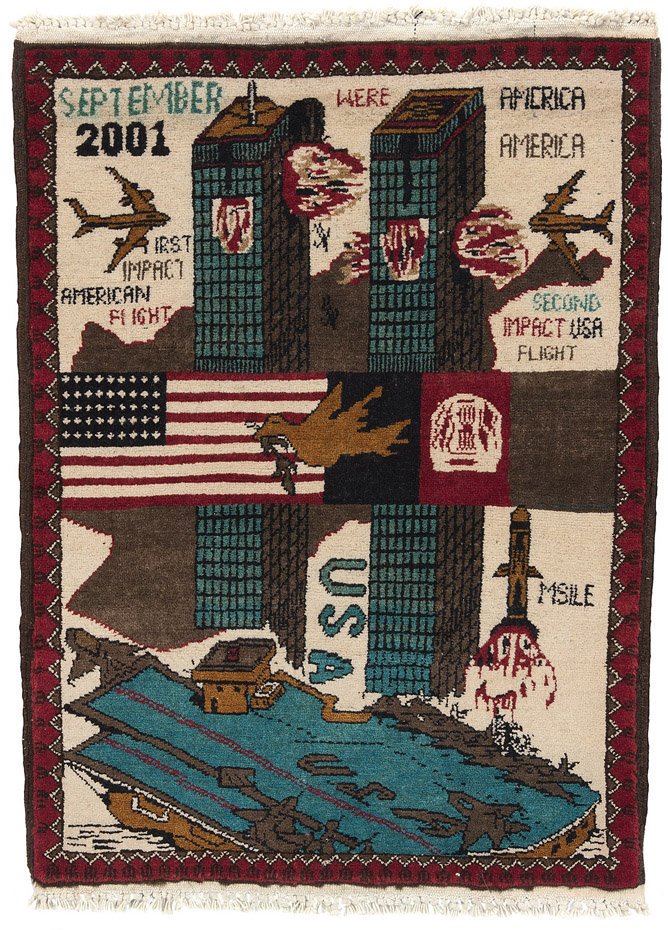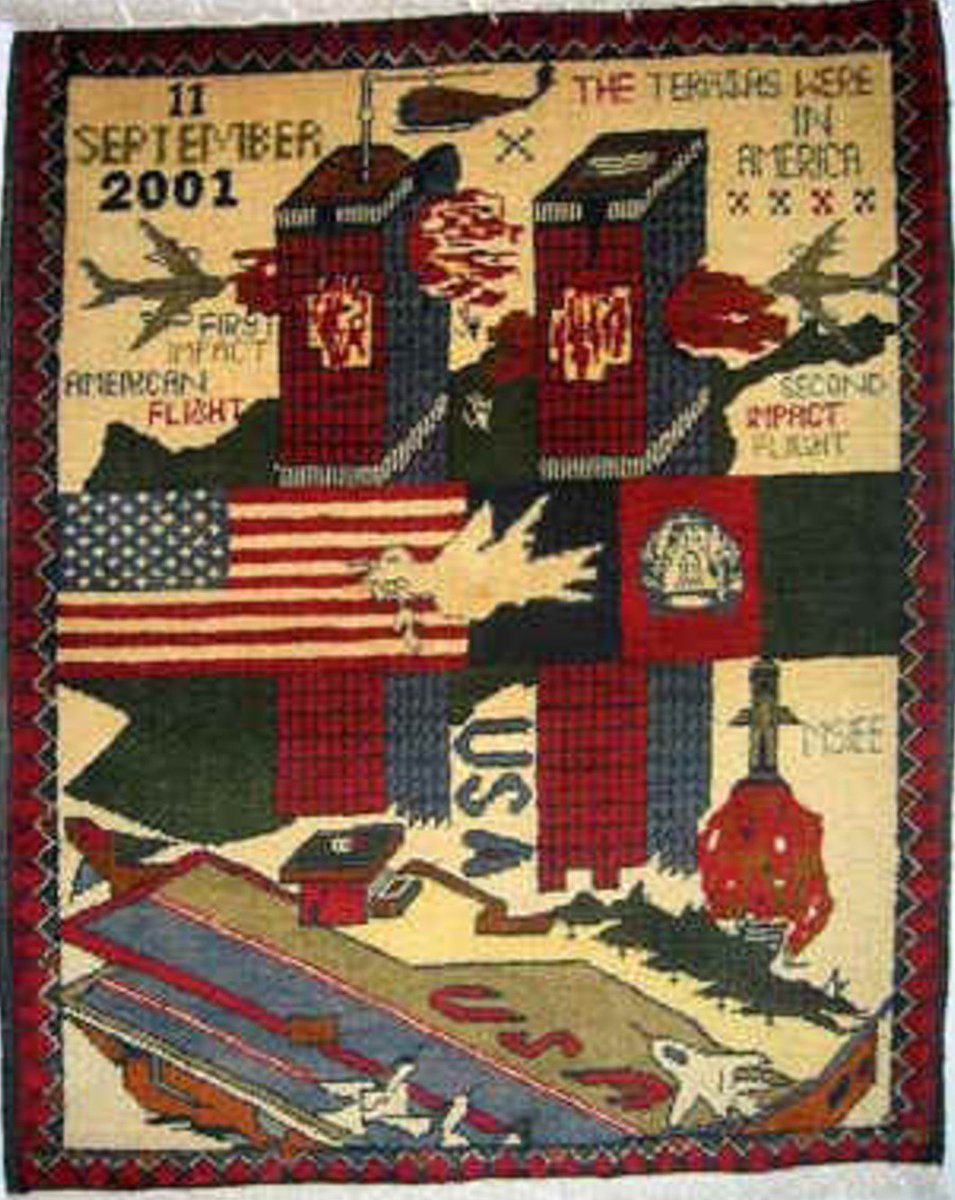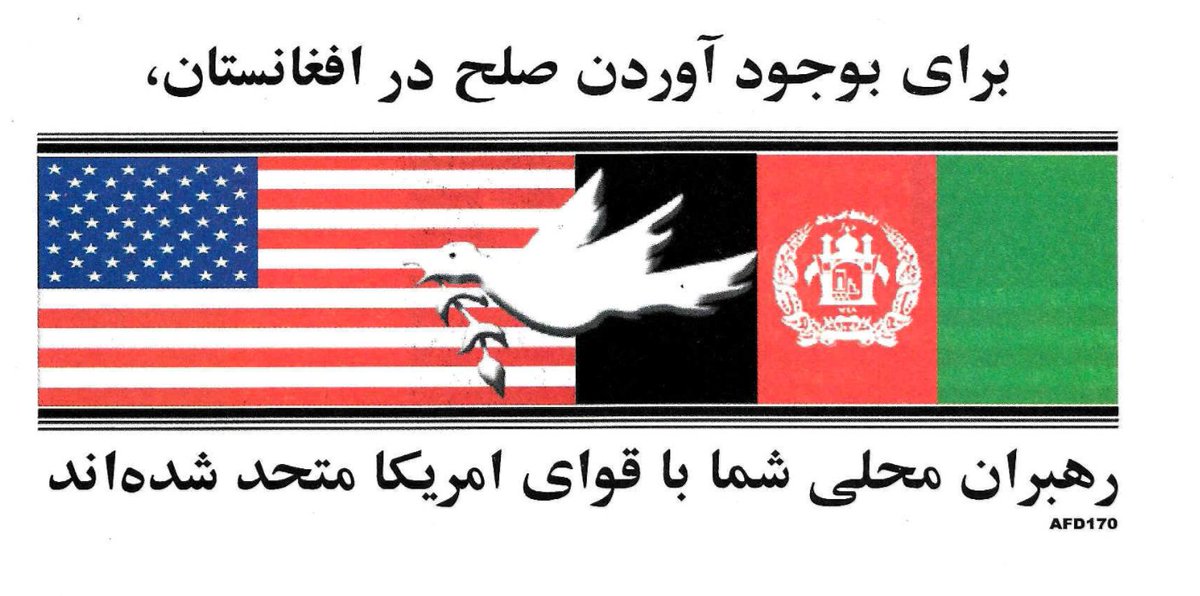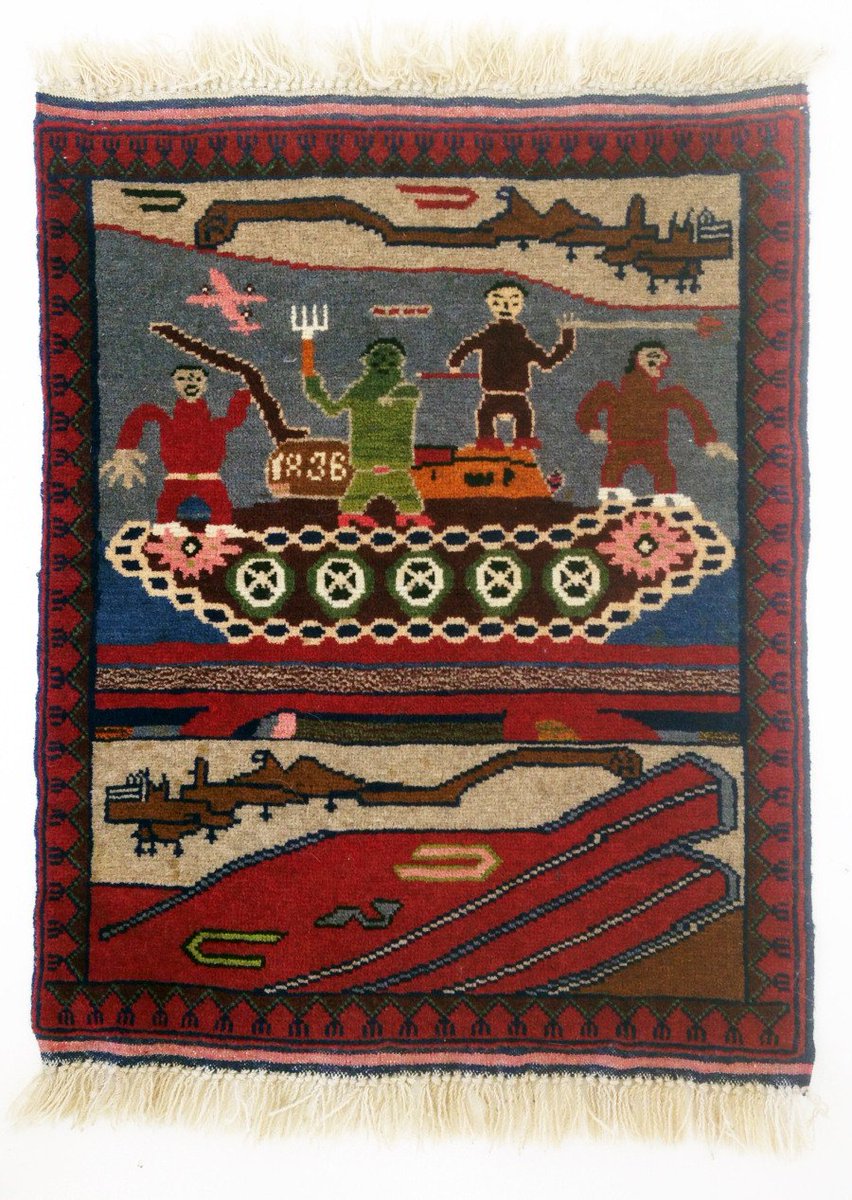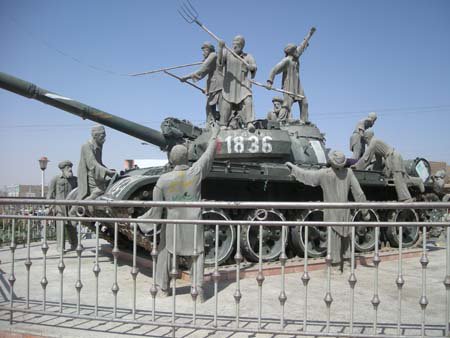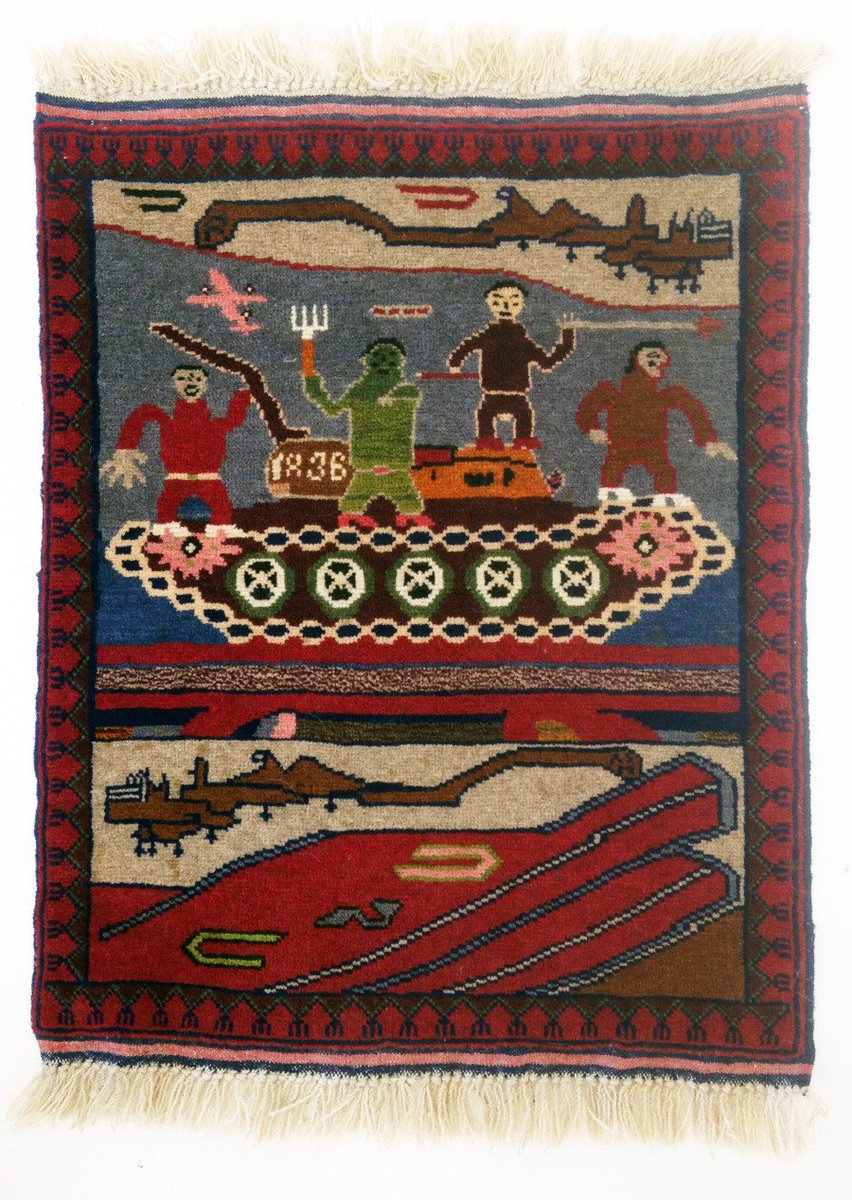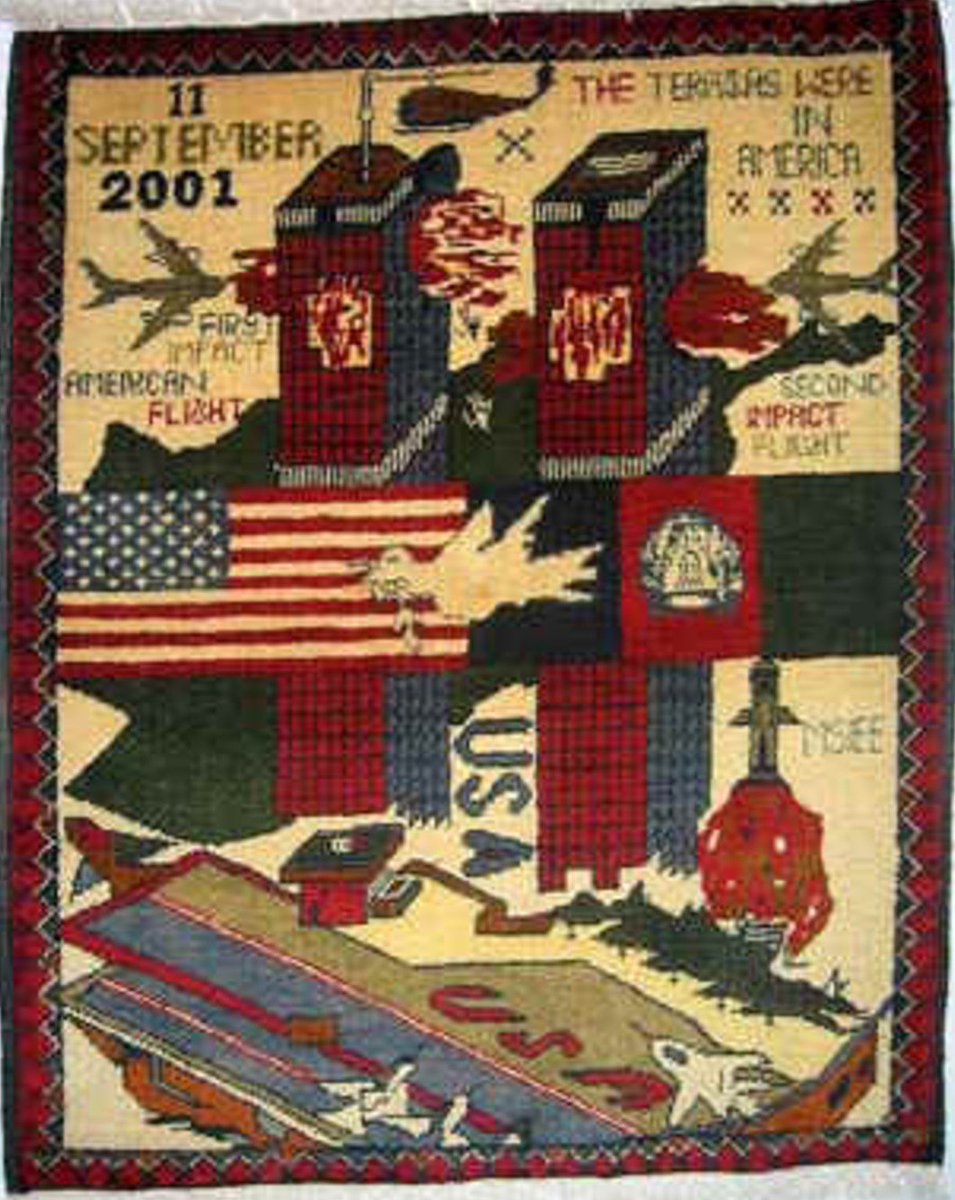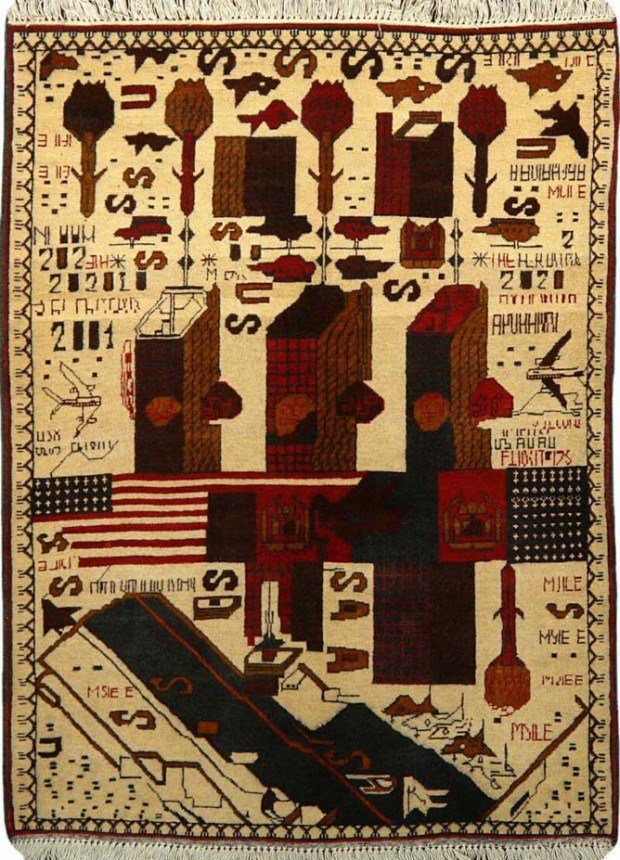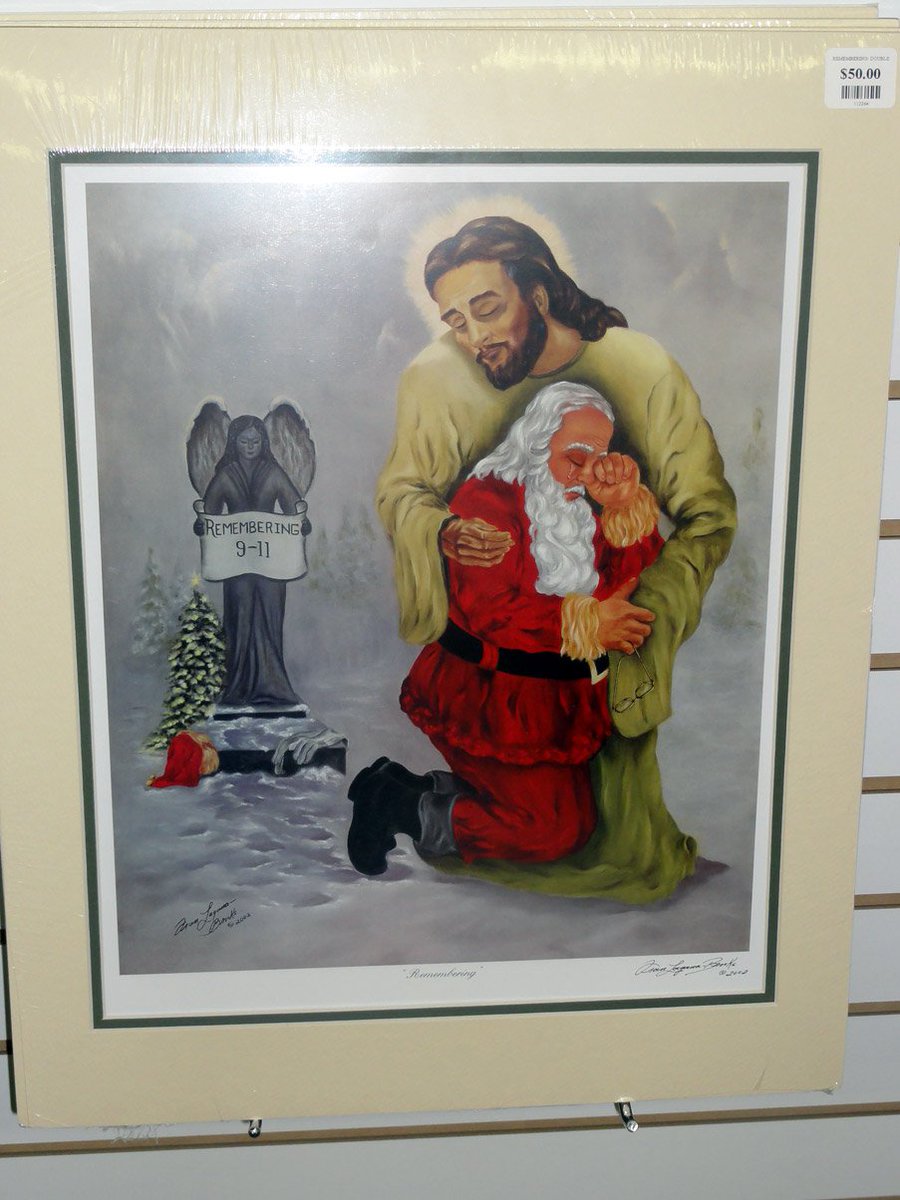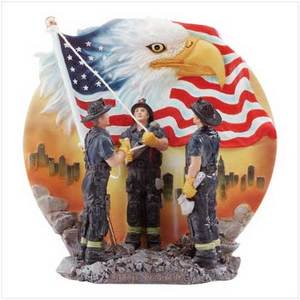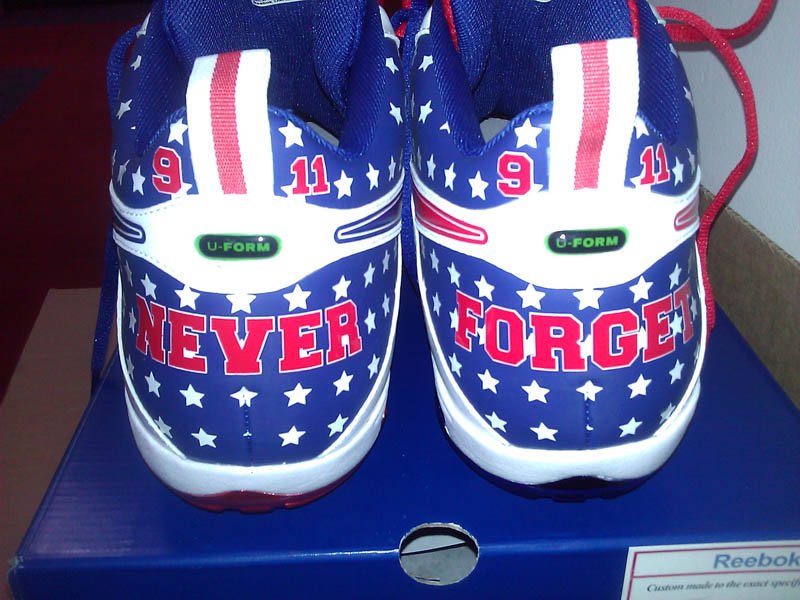1) The “war rug” tradition of Afghanistan has its origins in the decade of Soviet occupation of Afghanistan from 1979 - 1989.
2) Afghan rug-makers began incorporating war equipment into their designs almost immediately after the Soviet Union invaded their country.
3) War rugs had a resurgence when the U.S invaded Afghanistan in 2002. The most famous example is shown below.
4) In the modern version of the war rug, the image was created on something like MS Paint, and then a template provided to a weaver.
5) The weaver then worked by hand, pixel by pixel as it were, meaning that every war rug is unique.
6) For example, here is another version with subtle differences. These rugs were sold as souvenirs to American military personnel.
7) Icons in these war rugs are lifted directly from US PsyOp leaflets. For example, the flag/dove symbol comes from this leaflet:
8) The iconography does not always translate well. Some Afghans believed the symbol to be some type of chicken.
9) They assumed that the leaflet could be used as a coupon that entitled them to a free bird or meal provided by the Coalition.
10) Manual reproduction of rugs means they are copied from another, over and over. Images change, are simplified, and morph into new forms.
11) For example, weavers still target Russian customers, such as this example which is not a depiction of the Avengers on a tank.
16) Images morph not just from rug to rug, but even in a single rug design.
17) The weavers (often children) who make the 20th (or 100th) copy have no idea of the meaning of the iconography they are reproducing.
19) Generations of reproduction produced by copying from previous copies results in an almost incomprehensible outcome.
20) Like a jpeg that has been repeatedly compressed, the image begins to lose its original coherence.
21) War rugs straddle a weird line between fine art and souvenir curio.
22) To me, the gulf between their iconography’s meaning and the production of the art is its most intriguing feature.
23) And strangely enough, they have more artistic gravity than the kinds of art Americans made for themselves to mark 9/11.
24) If you’re interested in learning about these bizarre artifacts, go check out https://rugsofwar.wordpress.com/ ">https://rugsofwar.wordpress.com/">...

 Read on Twitter
Read on Twitter